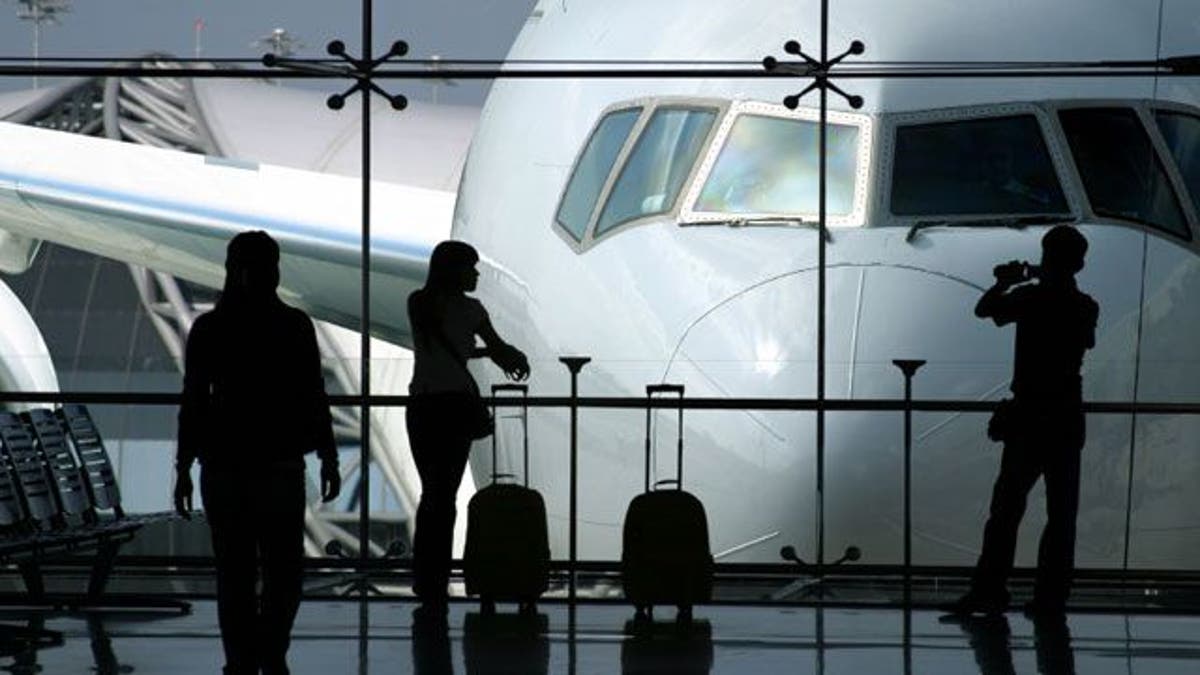
American air travel was historically pioneering and world leading. But every year that goes by, government overregulation and infrastructure socialism make that historical perspective more and more outdated.
The American Society of Civil Engineers rates U.S. airport facilities D+. Not one U.S. airport ranks among the world’s top 25. Airline ticket taxes and fees that could go to airport modernization and expansion are instead subject to waste, fraud and abuse. Dominant, consolidated U.S. airlines are presently empowered to veto airport modernization and expansion, simply to prevent competition.
Because Air Traffic Control is run through a government bureaucracy, the FAA, it cannot charge its own fees, and issue its own bonds, to raise funds for technological modernization and expansion. Instead, it is subject to federal budget stalemates, and federal bureaucracy procurement overregulation. So it becomes another barrier to such modernization and expansion.
As a result, American air service is declining, particularly for small and medium sized communities. Since 2007, air service at medium sized airports is down by 25 percent, and at small hubs down 20 percent. Indeed, since 2008, seat capacity has declined at 77 of the top 100 U.S. airports. Capacity constraints at large airports like JFK and at Newark Liberty International are already costing the U.S. economy billions, with those losses set to skyrocket over the next 20 years.
This year offers the prospect of American air travel liberation, and even a free market revolution, particularly with the new Republican Congress. That is because on September 30, 2015, Congressional authorization for federal aviation programs will expire. So Congress must pass a new deal for aviation in America, to keep the nation’s air travel system functioning.
That results in growing air traffic congestion and air traveler frustration due to increasing flight delays and cancellations. Stagnation of airline competition further increases traveler frustration due to higher than necessary airfare costs and travel expenses.
But this year offers the prospect of American air travel liberation, and even a free market revolution, particularly with the new Republican Congress. That is because on September 30, 2015, Congressional authorization for federal aviation programs will expire. So Congress must pass a new deal for aviation in America, to keep the nation’s air travel system functioning.
This creates the opportunity to abolish old taxes and fees that are not currently functioning to produce resources that are put to best use. That includes the 7.5 percent Domestic Passenger Ticket Tax, the Domestic Commercial Fuel Tax of 4.3 cents per gallon, the $17.70 per passenger Tax on International Arrivals and Departures, the $8.90 per passenger Tax on Flights Between the Continental U.S. and Alaska and Hawaii, and the 7.5 percent Tax on Mileage Awards.
Instead, local airport authorities can be empowered to set local user fees, or Passenger Facilities Charges (PFCs), to finance airport modernization and expansion. The top 30 large airport hubs, handling over 70 percent of current flights, can be entirely self-funded through this means, with current federal grants terminated. A $4.00 flight segment fee can be devoted entirely to small community airports, providing sufficient funding for them to function.
Moreover, air traffic control can be provided through a new, private sector entity, which can be a non-profit, financed by user fees paid by the airlines. Such a private company can issue its own private bonds to acquire modern technology, outside of the federal budget, the national debt, and federal procurement regulations.
Aviation industry sources are favorably discussing precisely such sweeping reforms. The House Committee on Transportation and Infrastructure and Senate Committee on Commerce, Science and Transportation are also favorably discussing them, with House Committee Chairman Bill Shuster (R-PA) publicly calling for a “transformational bill” to reform civil aviation in America.
These transformational reforms would reduce tax and fee assessments on each airline passenger by $10 to $25 per flight, or 17 percent to 47 percent compared to current charges, reducing federal aviation spending and subsidies commensurately. At the same time, the reforms would liberate the American civil aviation industry to expand and modernize infrastructure and facilities to world leading standards, commensurate with market demand.
